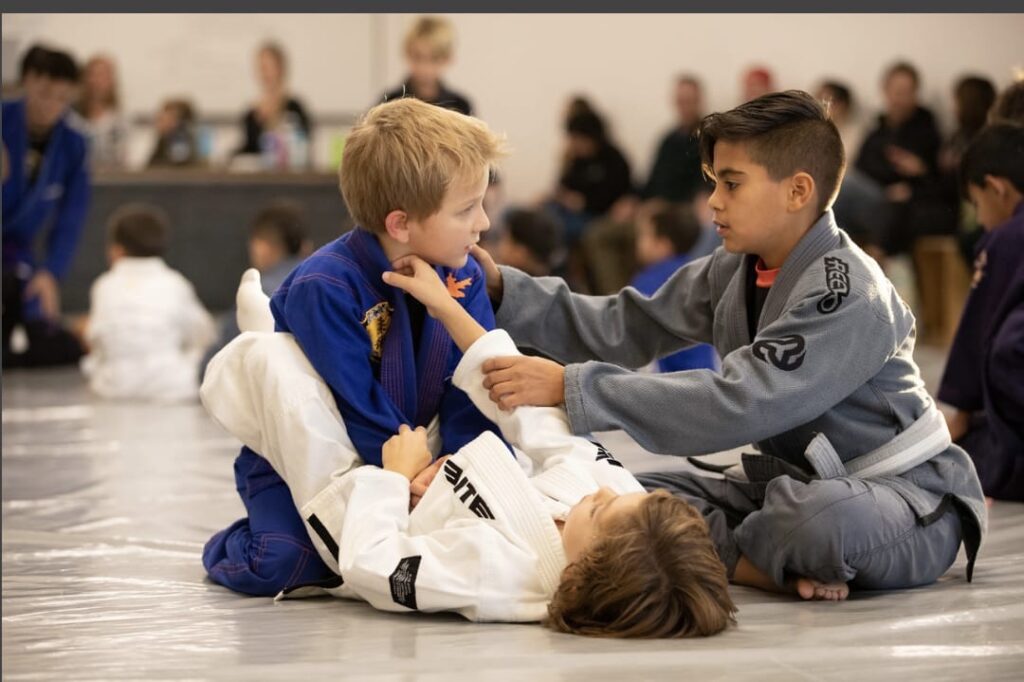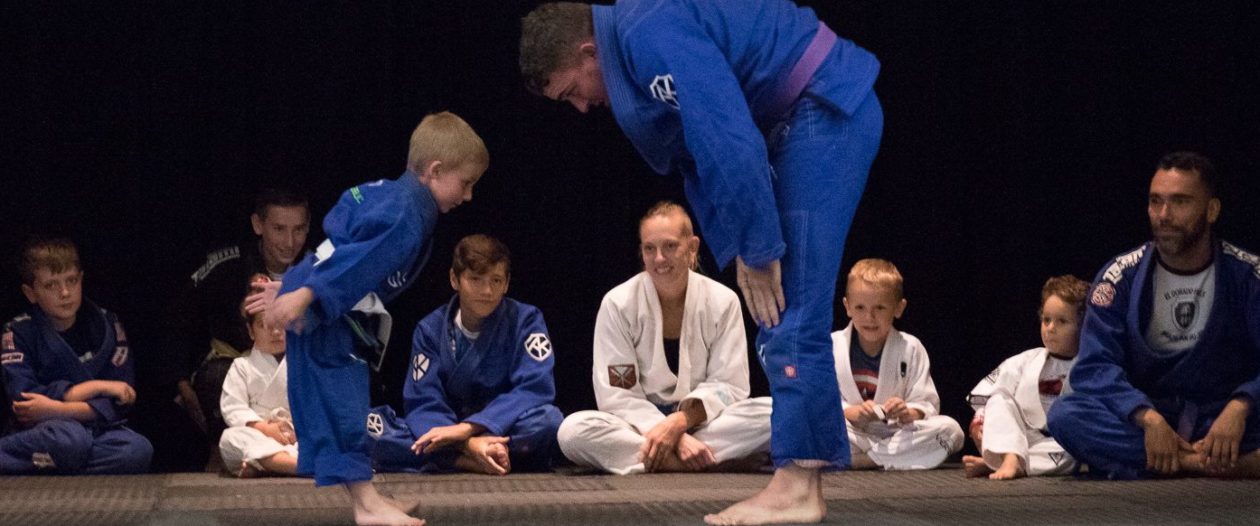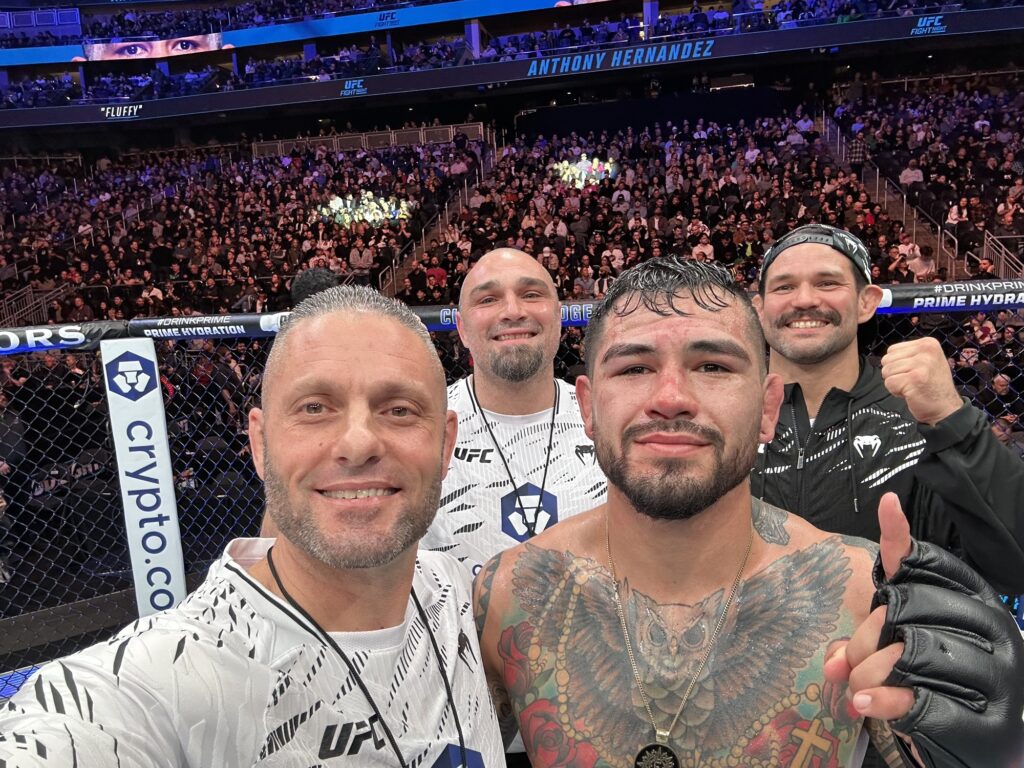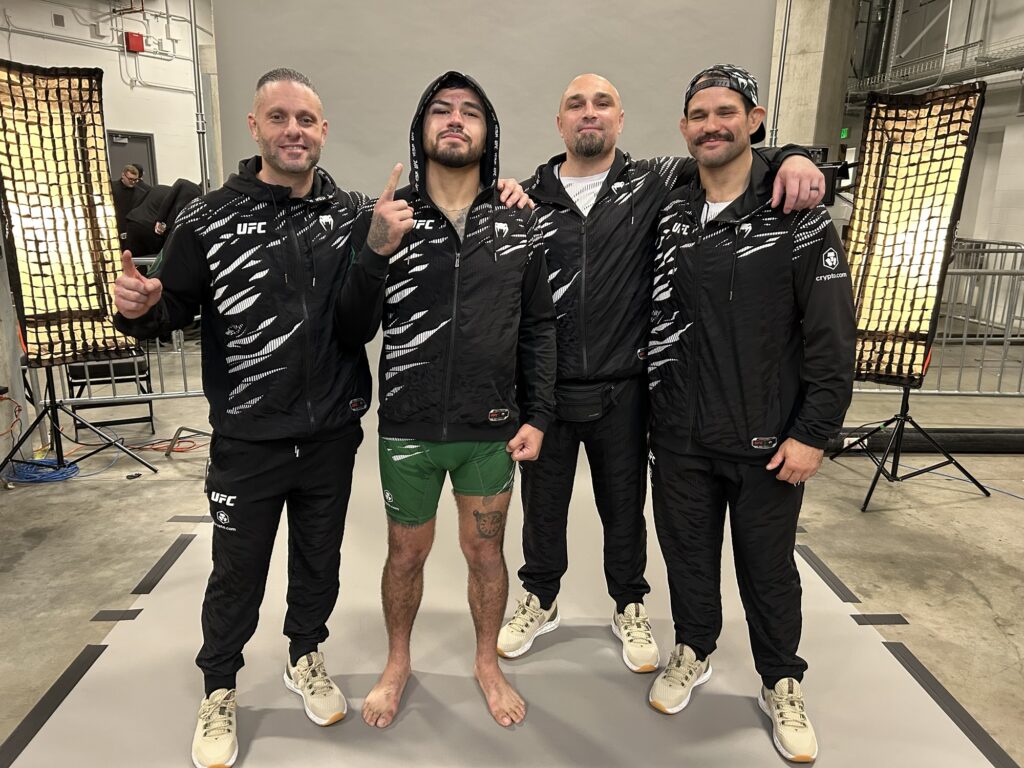One of the most valuable skills in Brazilian Jiu Jitsu isn’t just about speed or submissions—it’s about pressure. High-level grapplers can make even the simplest positions feel unbearable for their opponents by applying steady, controlled pressure. But how do you develop this skill? At El Dorado Hills Jiu Jitsu, we believe learning to apply pressure is a journey that takes time, technique, and experience.
What is Pressure in Jiu Jitsu?
Pressure in BJJ isn’t just about weight—it’s about how you distribute force, use leverage, and control space. Whether it’s a crushing top game or a suffocating guard, proper pressure can make opponents feel trapped and exhausted. Some key components of effective pressure include:
- Connection: Staying tight to your opponent to limit their movement.
- Weight Distribution: Using your body weight effectively, often shifting it to maximize discomfort.
- Structure: Maintaining a strong base so your pressure remains stable.
- Timing: Knowing when to apply more or less pressure to keep your opponent off balance.

How to Develop Pressure Over Time
1. Start with Positional Control
Before you can apply pressure, you need to understand how to control a position. Focus on staying tight in side control, mount, and half guard, preventing unnecessary space between you and your opponent. When drilling, concentrate on keeping your hips heavy and eliminating any gaps.
2. Learn to Use Your Hips and Chest
Good pressure comes from more than just dropping your weight—it’s about where you apply it. Instead of relying on arms to pin someone down, use your hips, chest, and shoulders to create discomfort. A well-placed shoulder in side control, for example, can feel like a ton of bricks.
3. Improve Your Base and Balance
Pressure without balance is useless. If you’re applying heavy pressure but can easily be swept, you’ll lose control. Work on your base by practicing low, stable stances and staying aware of your opponent’s movements.

4. Focus on Micro Adjustments
The difference between good and great pressure is in the details. Small adjustments, like angling your hips differently or adjusting your grip, can significantly increase the discomfort your opponent feels. These adjustments take time and experience to master, so pay attention to how small changes affect your control.
5. Train with a Purpose
When rolling, make pressure a focal point. Instead of rushing for submissions, see if you can make your opponent carry your weight. Try slow, methodical rolling, where you force yourself to maintain pressure before advancing.
6. Learn from Experienced Grapplers
One of the best ways to develop pressure is by feeling it yourself. Train with black belts or higher-level grapplers and take note of what makes their pressure effective. Ask questions and observe how they distribute weight and maintain control.
7. Be Patient
Developing crushing pressure isn’t something that happens overnight. It takes months—sometimes years—of refining your technique and body mechanics. Trust the process and focus on small improvements each time you train.

Final Thoughts
Mastering pressure in Jiu Jitsu is like sculpting—it requires patience, precision, and time. At El Dorado Hills Jiu Jitsu, we encourage our students to slow down, focus on control, and refine the details that make their pressure game more effective. If you’re looking to improve your top game and overall control, start incorporating these principles into your training.
The next time you roll, remember: good pressure isn’t about strength—it’s about skill. Keep training, and over time, you’ll develop the kind of pressure that makes your opponents wish they were somewhere else!


